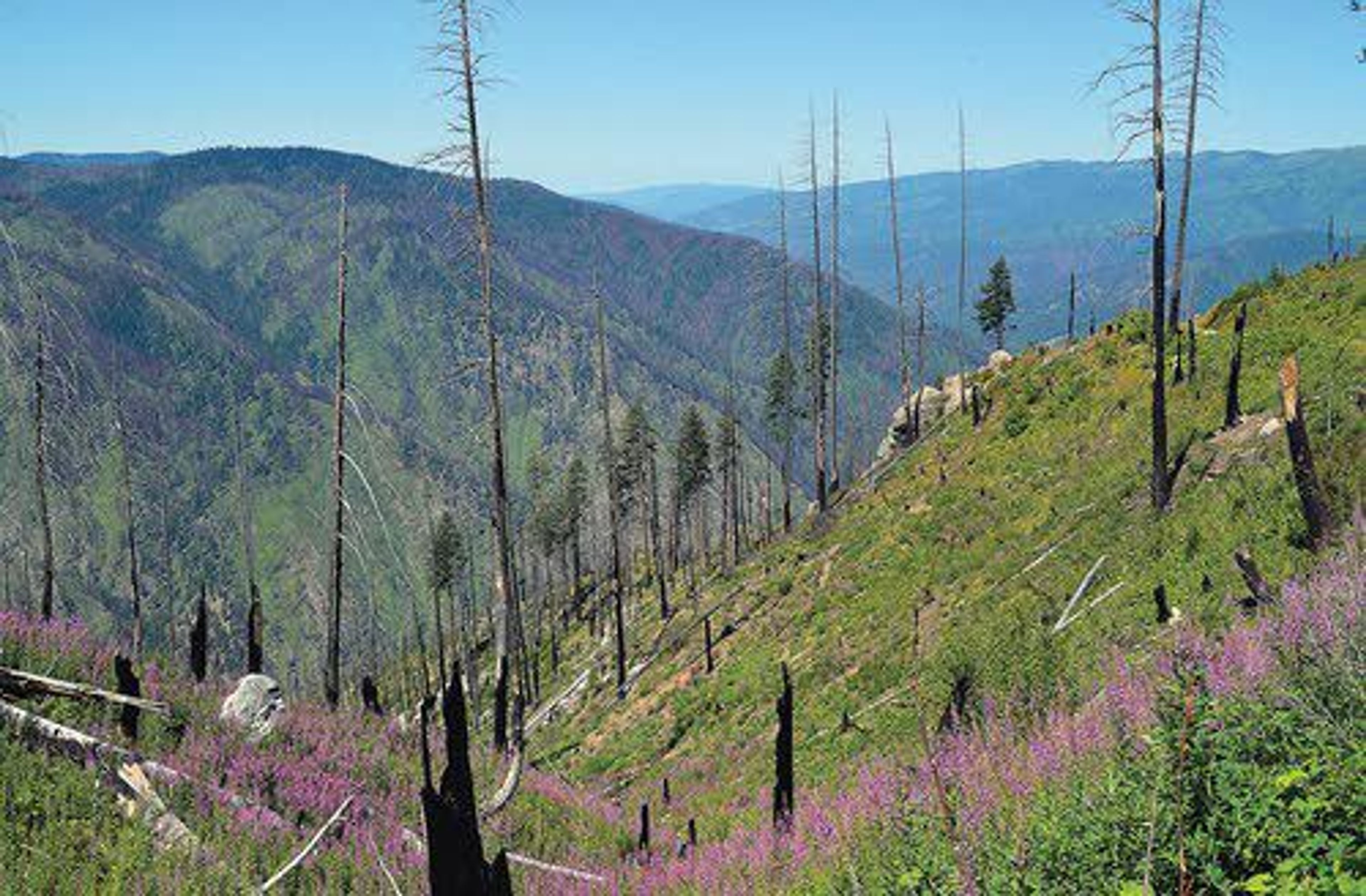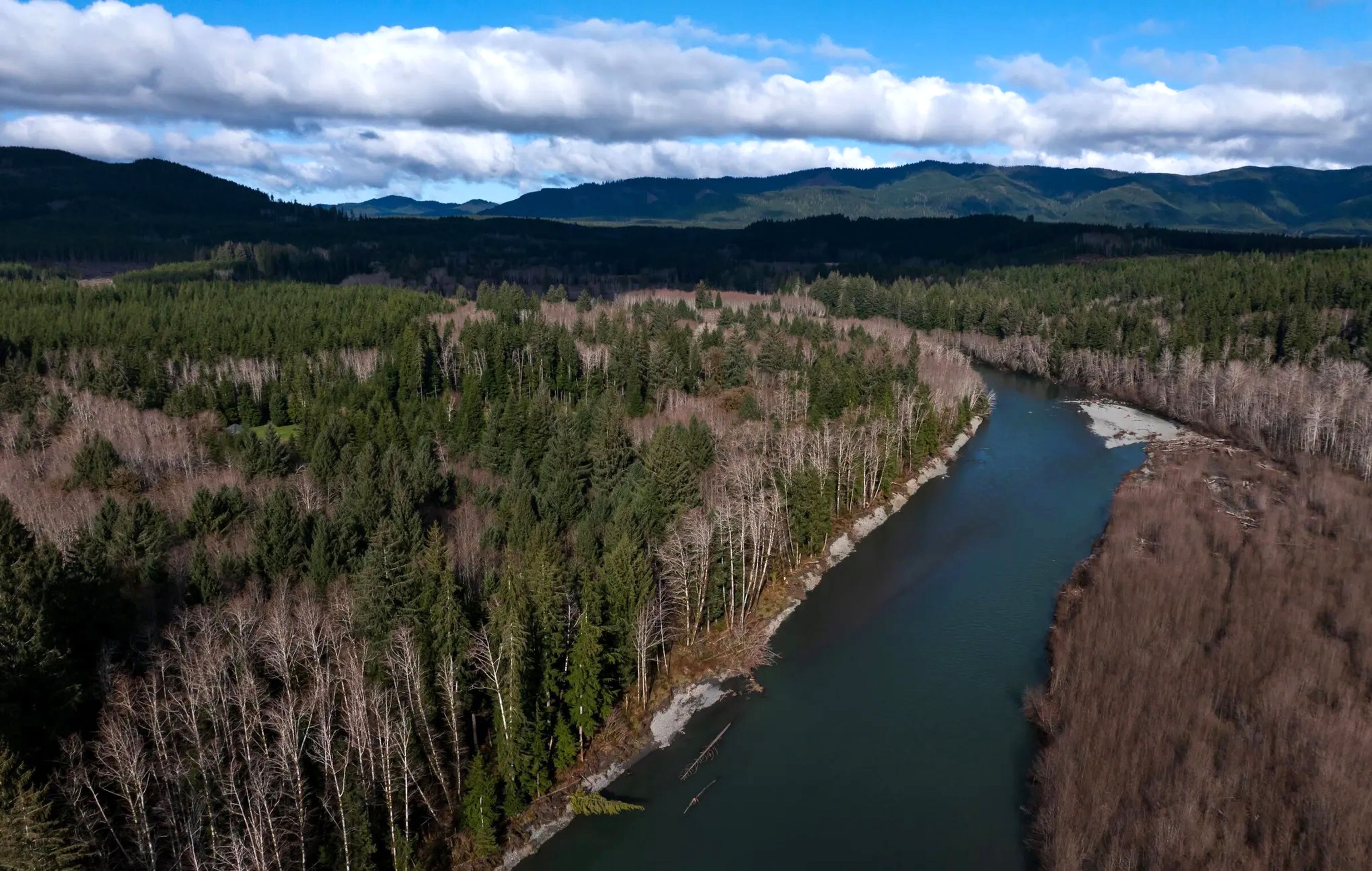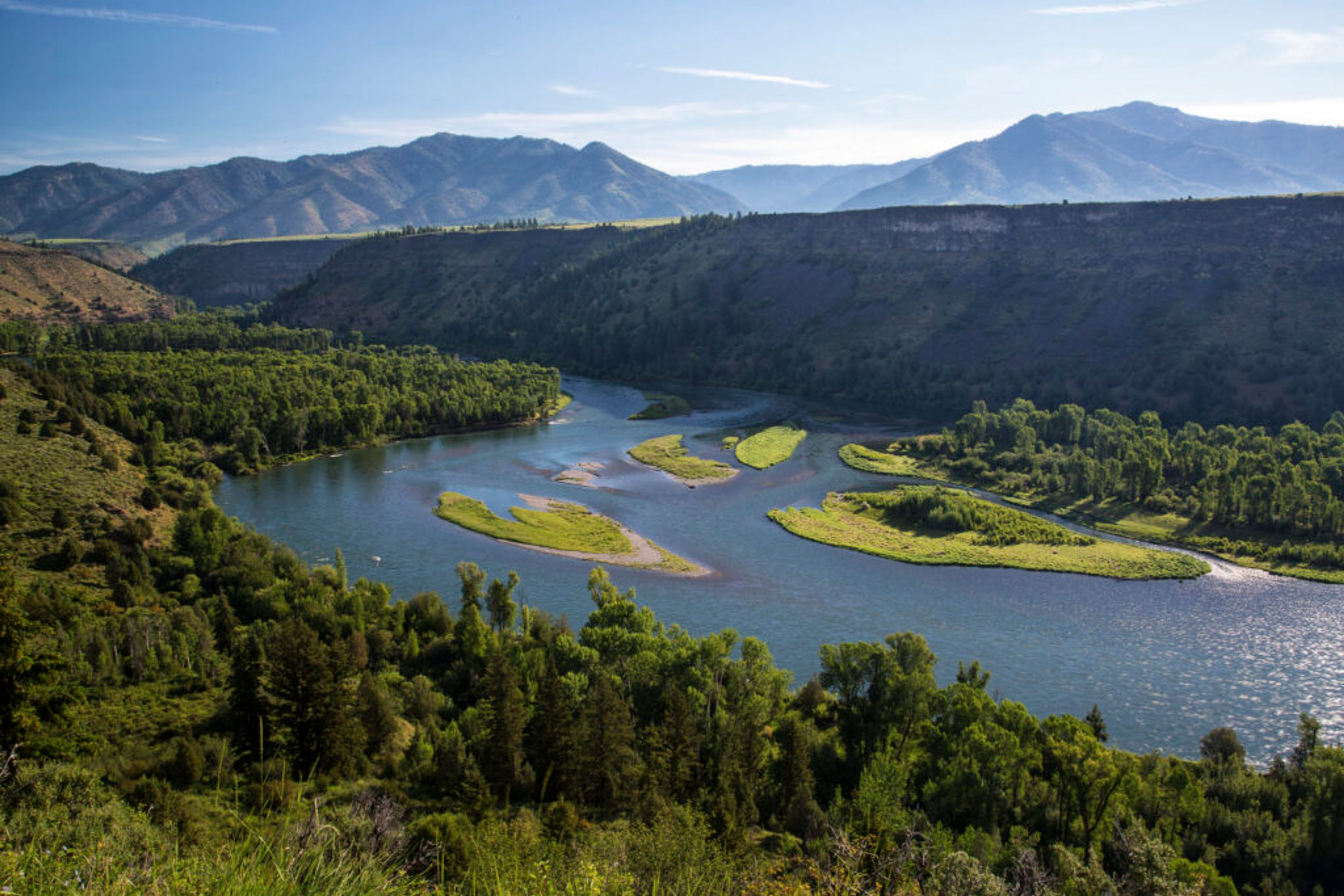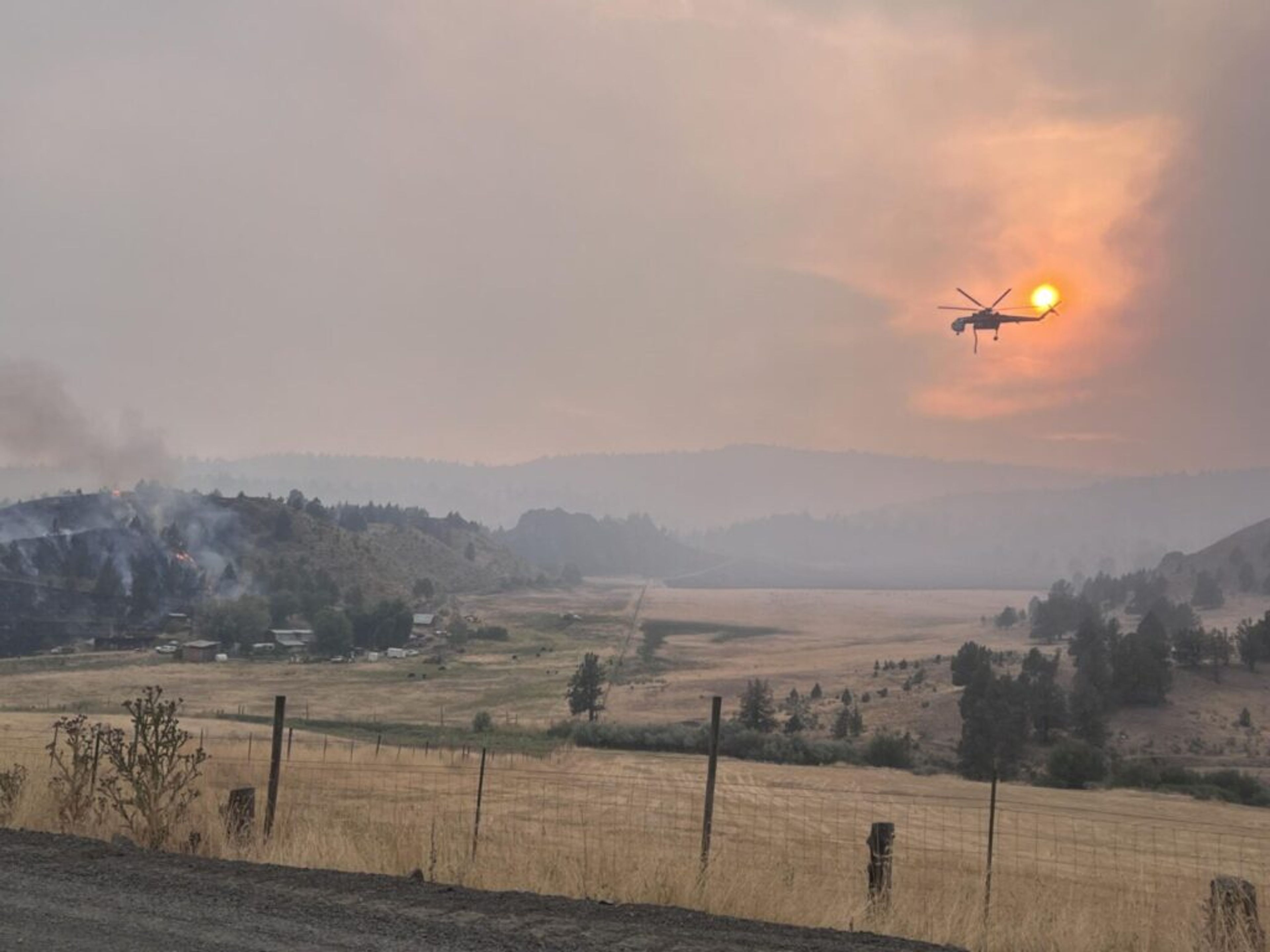The steep slopes of the lower Meadow Creek drainage on the Moose Creek Ranger District are bursting with green.
Some of the brush there is nearly 6 feet tall. In most places, it completely covers the ground. It's not what officials on the Nez Perce-Clearwater National Forest expected to see.
Last summer, the Wash Fire burned up the west side of the Selway River and took off when it rounded the corner into Meadow Creek. It torched the timber there and left the slopes black and barren.
"It is incredible how much came back, especially when you look at how much that was just a moonscape," said Joe Hudson, ranger of the Moose Creek District.
The booming vegetation has helped to reduce erosion and stabilized roads in the burn area. But nature had a bit of help in that regard. Even before the flames were out, the Forest Service began a process of rehabilitation known as Burned Area Emergency Response or BAER. The early work concentrated on undoing the scars and damage for firefighting activities. Later the effort concentrated on actions needed to protect both the environment and forest resources.
"BAER is designed to prevent risks to values," said program coordinator Rebecca Lloyd. "Human life and safety would be number one; water and fisheries on this forest generally tends to be number two because there are a lot of fisheries values here, and then heritage resources."
Much of the focus on the Wash Fire was devoted to addressing potential risks to roads. The agency wanted to both protect the roads and to prevent high levels of runoff and erosion that can damage fish habitat. Several culverts were replaced with larger capacity versions to deal with the expected increase in the amount of water in streams. Water bars and other structures meant to help roads shed water were installed.
For the most part, the effort succeeded. Even old roads such as the one to Indian Hill Lookout, which was built by the Civilian Conservation Corps, remained stable during spring runoff and during recent storms that dumped as much as 3 inches of rain in some areas.
Lloyd stops and inspects culverts on the road. Her trained eye spots the accumulation of sediment near the mouths of the corrugated pipes. She notes that erosion is a natural response to intense fires so some buildup of silt is to be expected. But overall she is pleased the BAER efforts have largely been successful.
"It looks quite good now, from a soil and water perspective, considering it was such a severe fire," she said.
Overall the forest received just more than $1 million in BAER funding to fix threats associated with the dozens of fires that hit last summer. Some of the funding also was devoted to control the spread of weeds and to fix potential erosion problems on trails. But it doesn't pay to fix routine damage. Instead, it is devoted to addressing damage that can lead to even more problems. For example, a vault toilet was burned near Indian Hill Lookout. The funding could be used to close the pit to protect human health and safety. But it couldn't be used to build a new toilet.
Lloyd said they have one year to the day that a particular fire is declared out to spend the money.
"It's an emergency and if you don't treat it as an emergency then it really wasn't an emergency and they take the money away," she said.
---
Barker may be contacted at ebarker@lmtribune.com or at (208) 848-2273. Follow him on Twitter @ezebarker.









